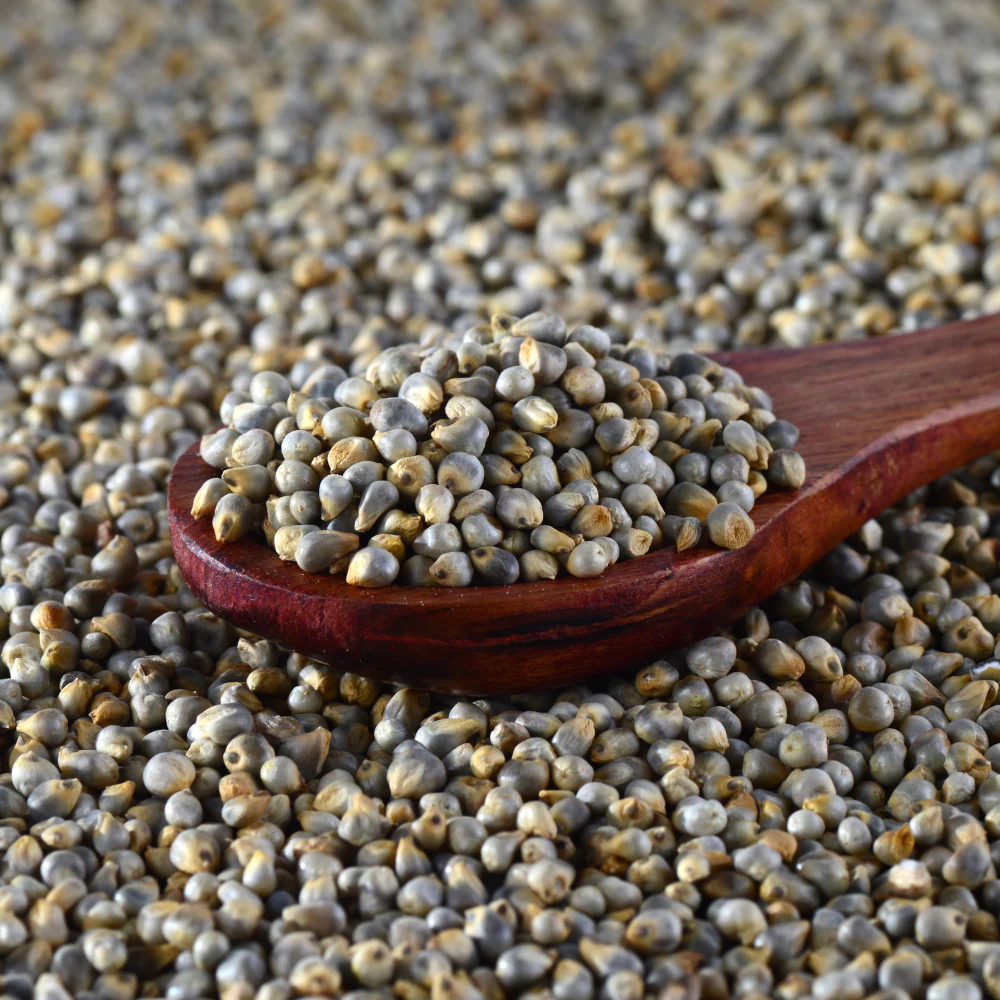How Pearl Millet Can Transform Nutrition and Farming in Modern Times

Pearl millet, often known as one of the world’s most resilient grains, has gained renewed attention in recent years. Its ability to survive harsh climates, provide dense nutrition, and support sustainable farming makes it a powerful crop for the future. As health awareness millet grows and farmers search for climate-smart alternatives, pearl millet emerges as a grain worth understanding. Its unique characteristics and benefits influence not only diets but also agricultural practices in regions where food security remains a constant challenge. Appreciating pearl millet means exploring both its nutritional excellence and its value in strengthening rural economies.
The Nutritional Strength of Pearl Millet
Pearl millet is widely celebrated for its remarkable nutrient profile. It is rich in proteins, essential amino acids, iron, fiber, and B-complex vitamins, making it a superior choice for those seeking wholesome and natural foods. The high iron content helps reduce iron deficiency anemia, a common health concern in many developing regions. Similarly, its abundant dietary fiber improves digestion and supports gut health, keeping metabolic functions balanced. Pearl millet’s slow-digesting carbohydrates provide sustained energy, making it an excellent option for individuals with diabetes or those trying to maintain healthy blood sugar levels. Furthermore, the grain is naturally gluten-free, allowing people with gluten sensitivities or celiac disease to safely enjoy its benefits. As modern consumers shift toward clean and nutrient-packed foods, pearl millet stands out as a reliable option that offers both wellness and sustenance.
The Role of Pearl Millet in Sustainable Farming
Beyond its nutritional qualities, pearl millet holds exceptional importance in agriculture. This crop thrives in areas with low rainfall, high temperatures, and poor soil quality where many other grains struggle to survive. Farmers benefit immensely from its resilience because pearl millet requires fewer external inputs such as fertilizers or pesticides. This reduces both environmental impact and production costs, making it accessible for small-scale farmers. As climate change intensifies and global weather patterns become increasingly unpredictable, pearl millet remains a dependable crop that supports food security. Its short growing season allows farmers to cultivate it efficiently, ensuring quicker harvest returns. By integrating pearl millet into crop rotations, farmers also improve soil structure and health, which further enhances long-term productivity. This combination of durability and sustainability positions pearl millet as an agricultural resource that can help communities adapt to future climate realities.
Expanding Culinary Uses of Pearl Millet
Traditionally consumed in various regions of Asia and Africa, pearl millet has now entered global kitchens with a modern twist. Its earthy flavor lends itself well to both traditional dishes and contemporary recipes. People use pearl millet flour to prepare rotis, porridge, breads, and even baked goods like cookies and muffins. In health-conscious cooking, it often appears as a nutritious alternative to refined grains, helping individuals reduce their intake of processed carbohydrates. Chefs and home cooks appreciate its versatility, experimenting with salads, grain bowls, and fermented foods. Because of its high nutrient density, pearl millet is increasingly incorporated into specialized diets for athletes, children, and the elderly. As the demand for ancient grains grows worldwide, pearl millet stands firmly among the most adaptable and appealing options for modern culinary innovations.
Economic and Social Importance
The cultivation of pearl millet extends far beyond fields and kitchens, influencing the social and economic fabric of rural communities. For many smallholder farmers, it serves as a dependable source of income because its demand continues to rise in both domestic and global markets. By growing pearl millet, farmers reduce dependence on water-intensive crops and lower production risks caused by unpredictable weather. This stability supports household resilience, allowing communities to invest in education, healthcare, and other essential needs. In regions where malnutrition remains widespread, promoting pearl millet cultivation helps ensure that families consume nutritious food grown locally. Women, who often play a key role in processing and selling millet-based products, also benefit from increased economic participation. Thus, pearl millet contributes not only to nutrition and agriculture but also to social empowerment and sustainable livelihoods.
Conclusion: The Future of Pearl Millet
In a world facing climate challenges, nutritional deficiencies, and the need for sustainable solutions, pearl millet shines as a grain capable of meeting diverse demands. It offers powerful health benefits, supports eco-friendly farming, and pearl millet holds tremendous potential for culinary creativity. As more people recognize its value, pearl millet is poised to become a staple in modern diets and an anchor in sustainable agriculture. Embracing this resilient grain means investing in a healthier future, stronger communities, and a more secure global food system.
- Art
- Causes
- Crafts
- Dance
- Drinks
- Film
- Fitness
- Food
- Jogos
- Gardening
- Health
- Início
- Literature
- Music
- Networking
- Outro
- Party
- Religion
- Shopping
- Sports
- Theater
- Wellness


